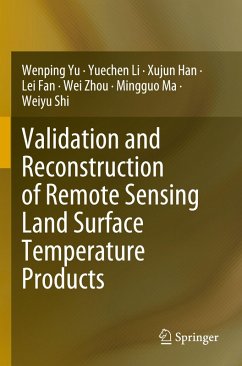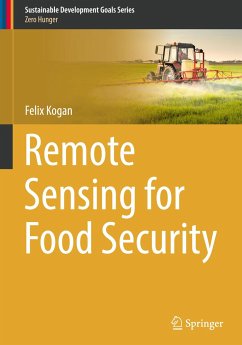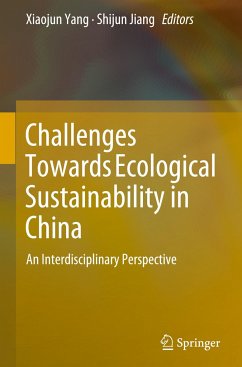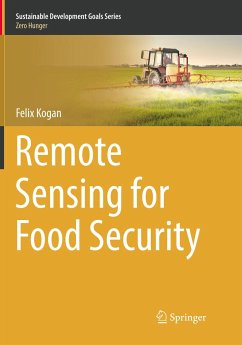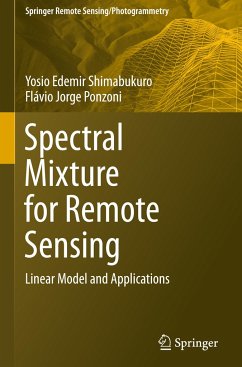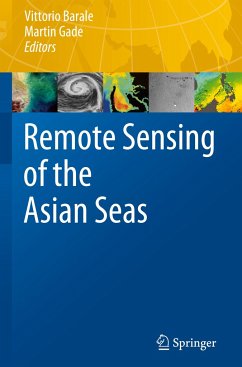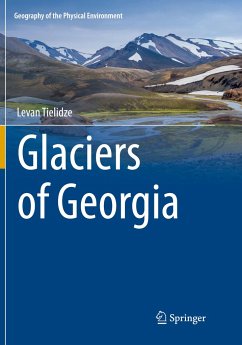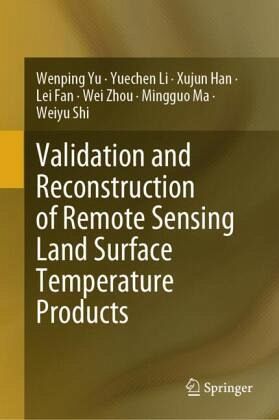
Validation and Reconstruction of Remote Sensing Land Surface Temperature Products
Versandkostenfrei!
Versandfertig in 6-10 Tagen
113,99 €
inkl. MwSt.
Weitere Ausgaben:

PAYBACK Punkte
57 °P sammeln!
This book focuses on validation and reconstruction work on the land surface temperature (LST) products retrieved by thermal infrared remote sensing. The LST is a key parameter in the energy-water balance process and has been widely used in research on the global climate change, water cycle, vegetation growing, and drought detection. Remote sensing retrieving LST is the most important source for regional and even global application. However, there are several factors that limited their widespread use: (1) the thermal infrared remote sensing is easily influenced by clouds; therefore, there are l...
This book focuses on validation and reconstruction work on the land surface temperature (LST) products retrieved by thermal infrared remote sensing. The LST is a key parameter in the energy-water balance process and has been widely used in research on the global climate change, water cycle, vegetation growing, and drought detection. Remote sensing retrieving LST is the most important source for regional and even global application. However, there are several factors that limited their widespread use: (1) the thermal infrared remote sensing is easily influenced by clouds; therefore, there are lots of pixel with invalid LST; (2) LST products have not been sufficiently validated in global scale. This book arms to overcome above defects and guide the readers to estimate the LST of cloudy pixel and implement the general validation on the remote sensing LST. Furthermore, it helps to understand the scale mismatch between different observation and land surface heterogeneity. The bookcovers ground-based observation, validation and reconstruction theories, scale mismatch analysis, heterogeneity and representativeness evaluation for observations, and application cases. It is an essential reference to the quantitative retrieval of thermal infrared remote sensing technologies.



